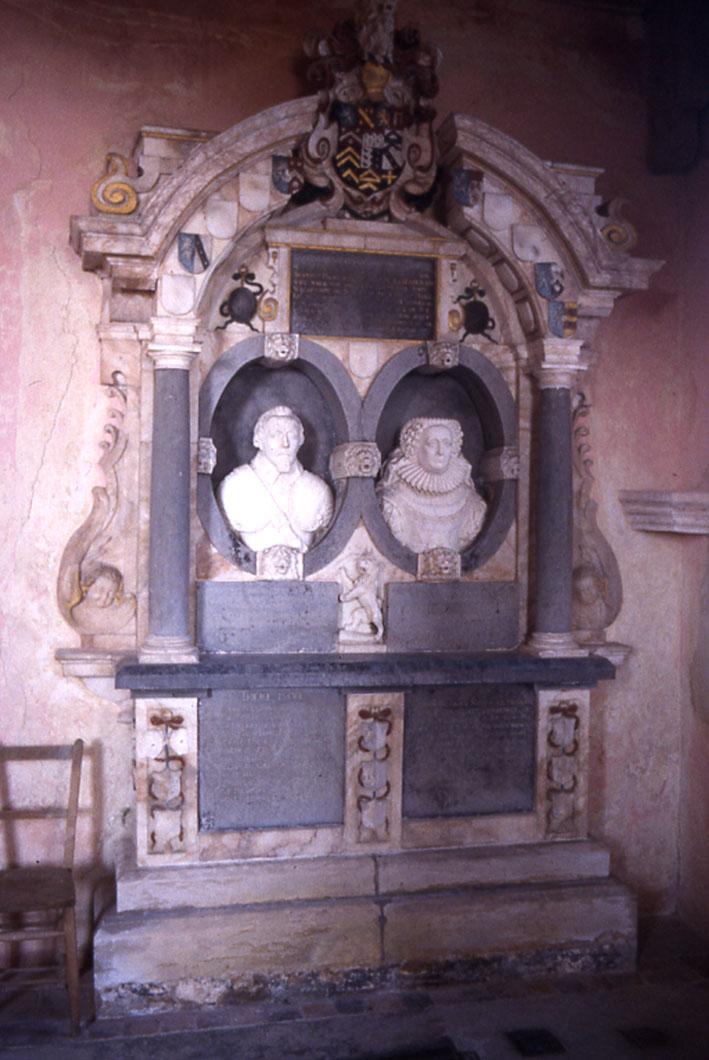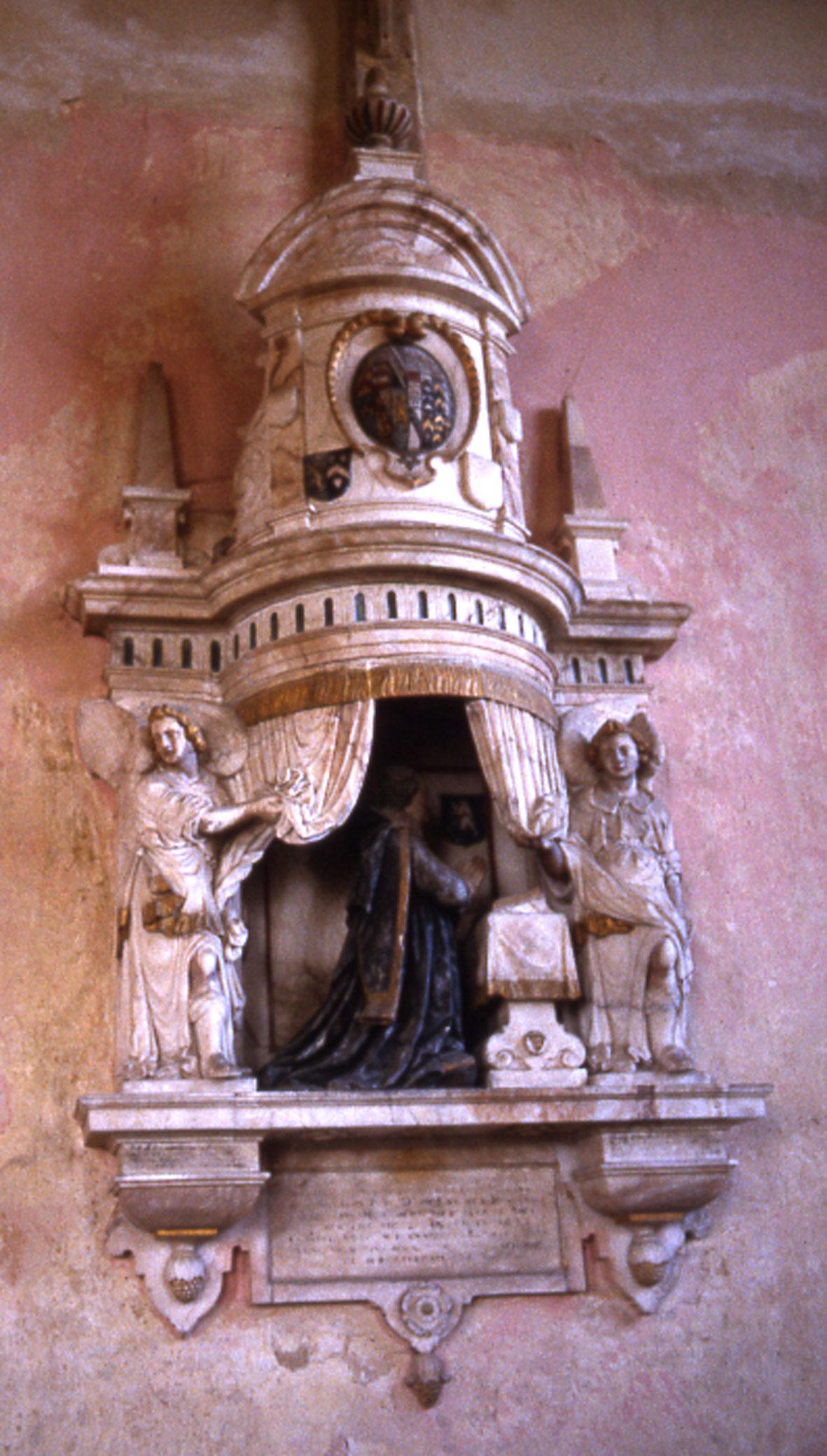
Derek Palgrave
Progress in family history studies usually depends on gaining access to the necessary evidence, usually extracted from archives but occasionally from archaeological sources like artefacts, buildings, and, perhaps more importantly, monuments and gravestones. As family history has gained in popularity over the last thirty or so years, original archives have come under a great deal of pressure. More and more researchers have been seeking out original documents, such as parish registers, and their condition has been gradually deteriorating.
Whilst a number of individuals, either working on their own or in conjunction with newly established family history societies, have transcribed and indexed much of this type of material, many manuscripts remained at risk. It soon became clear to archivists that a comprehensive programme of microfilming needed to be introduced so that researchers could use copies of microfilms instead of original documents. The Mormon Church was a pioneer in this field and it has taken the initiative in arranging for specialist teams to microfilm a very wide range of archives all over the world. Literally millions of films are held in a special safe repository in Salt Lake City, but copies are freely available virtually anywhere in the world through a local Mormon Family History Centre. Incidentally There are around 100 such centres within the U.K.
The availability of microfilm and microfiche has very much facilitated the process of transcription and indexing because this activity no longer needs to be undertaken in a Record Office or Library. Volunteers often can carry out this task at home, frequently using home computers from which printed versions of an archive can be reproduced. Computerised data can also be transferred to a CD-ROM or even placed on a website. The generation of surrogates in this way can achieve the objective of ensuring the conservation of the original records but it does require meticulous transcription of the data at every stage of its transformation. Perhaps the next step, now under way, involving the digitisation of data so that searchers can view images of original documents, will resolve difficulties which may have been introduced as a result of transcription errors.
In general the measures, outlined above, introduced to conserve archives have been remarkably successful, but there are no straightforward parallels which apply to artefacts, buildings and monuments. Of course many artefacts become heirlooms which are handed down through the family and, as long as they are not too fragile, may survive many generations. However their significance can be lost so they become prime candidates for disposal by later descendants. As far as buildings associated with particular families are concerned, much depends on the nature of the structure, the economic circumstances of those involved and modern planning decisions. Descendants are often able to identify an ancestor's residence from a Census Return only to find that it had been demolished when the area was redeveloped. As for monuments, there is an expectation that they will last indefinitely and there are many thousands of gravestones in churchyards and cemeteries which will bear this out.
Regrettably, graveyards and cemeteries can no longer be regarded sacrosanct. Natural erosion and vandalism have damaged many monuments quite apart from pressures associated with burial ground maintenance which have often led to the removal and relocation of headstones, etc., to facilitate regular mowing. There is also a growing tendency to consider burial grounds as nature reserves requiring very little or no maintenance: under these circumstances the whole area can become overgrown, with trees and bushes forcing stonework aside and causing widespread damage. It is therefore important that family history societies and local conservation groups maintain their current initiatives to record monumental inscriptions in all burial grounds before it is too late.
One would have thought that monuments inside churches might have fared rather better than those outside. One the whole this is indeed the case but both in urban and in rural situations many churches are being declared redundant. The Pastoral Measure of 1968 made provision for churches which were no longer in use to be removed from the Parochial System. There were three options. Firstly the church could be sold or otherwise disposed of for some other purpose. At least one church became an Archive Repository, whilst others became private houses. Secondly the church could be demolished and the site used for a new purpose. Thirdly the church could be vested in the Redundant Churches Fund set up by the government to maintain and care for those churches which were of outstanding architectural or historical merit.
In 1969, my attention was drawn to the plight of the Church of St Peter North Barningham which rarely had been used for regular worship since World War II. The incumbent at nearby Matlaske who was responsible for several churches in the vicinity indicated that a redundancy petition had been lodged with the Diocese. Furthermore a number of residents in the area were of the opinion that the best course of action was the demolition of North Barningham Church. They also had recommended that the monuments inside the building, erected to various members of the Palgrave Family during the 16th and 17th centuries, be transferred to the Victoria and Albert Museum in London.

The ultimate outcome was very much up to the church authorities both in the Diocese and beyond and the views of the Trustees of the Redundant Churches Fund. It seemed to me that it was important for the views of the Palgrave family to be expressed. The Palgraves were essentially a Norfolk based family and had been associated with North Barningham from the 14th century through to the 18th century. They had lived in the nearby Hall, managing the land and almost certainly would have been involved in maintaining the church for almost 500 years.
These points were made in a pamphlet which was circulated to bearers of the Palgrave name throughout the U.K. The general consensus was that the church should be conserved and the monuments left in situ. These views were conveyed to the church authorities and other bodies having an interest in the matter. Among the latter was the Norfolk Society which, in the early 1970s set up a Committee for County Churches, under the chairmanship of Lady Harrod. She suggested that it was important to demonstrate that there was a lot of interest in North Barningham Church by organising services there. Following her advice a Patronal Festival Evensong was organised to celebrate St Peter's Day in 1973. The event was well supported by local people, members of the Norfolk Society, members of the Palgrave family and the Press who provided excellent coverage in the local newspapers which subsequently generated quite a lot of correspondence.
Within a few weeks the Palgraves met again and formed themselves into a Society in order to pursue the issues in a more formal way. The following year the Diocesan Pastoral Committee began a detailed consideration of the future of North Barningham Church. Its secretary indicated that vesting in the Redundant Churches Fund was the preferred option but the matter had to be approved by the Church Commissioners who in July 1974 formally recommended this course of action to the Privy Council. An architect was appointed to initiate urgent repair work which was sanctioned in February 1975. Work began in May that year and continued intermittently until early 1976. In August, the Advisory Board inspected the completed work and the church was finally vested in the Redundant Churches Fund on 27th October 1976.
Throughout this period and every year since one special service has been held at North Barningham usually on or close to the Feast Day of St Peter in June. The Fund has always taken the view that its churches should be used for occasional worship and other appropriate events. The fact that so few people lived near the church had been the main reason for the redundancy petition so when it came to preparing the church and churchyard for the annual service it has devolved upon the members of the Palgrave Society to undertake cleaning, simple maintenance and grass-cutting. The Society has been carrying out this task for over 30 years. It seems a small contribution in order to ensure the continued conservation of the church and its magnificent monuments.

Return to:
Contact Officers of the Society by electronic mail.
Cambridge University Heraldic and Genealogical Society